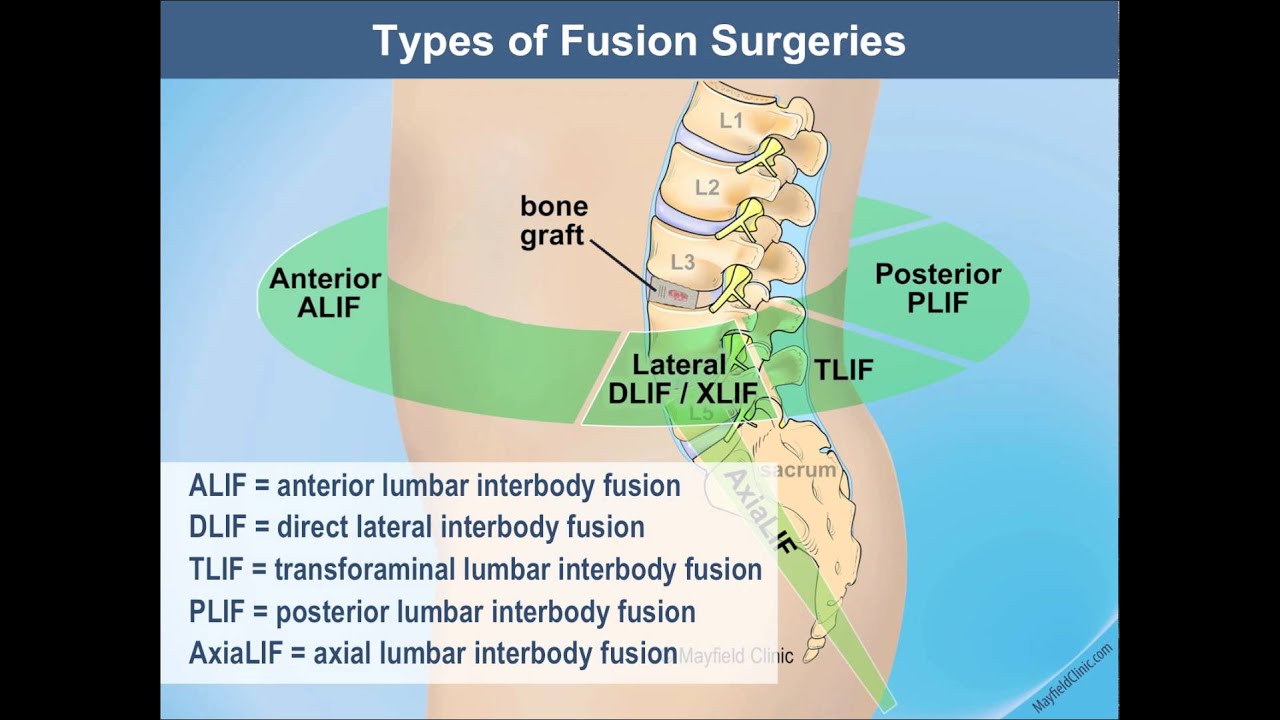Tsunami Medical is one of the leaders in spine technology innovation, focusing on additive manufacturing solutions for spinal surgery and diagnostic invasive surgery, with many years team’s careful research and dedicateion ,Tsunami medical finally achieved the second-generation spinal fusion solution and successfully developed two other 3D printed DLIF cage.
What is Direct Lateral Interbody Fusion (DLIF)?
Direct Lateral Interbody Fusion, or DLIF, is a minimally invasive surgical procedure for treating leg or back pain caused by degenerative disc disease. Unlike traditional anterior or posterior approaches to back surgery, DLIF approaches the lumbar spine through the patient’s side. Approaching through the side helps the surgeon to avoid major muscles of the back.
The DLIF is different from other interbody fusion techniques in that to approach the spine, the surgeon makes a very small incision in the skin of the patient’s side. Then, using minimally invasive surgical techniques, he or she creates a narrow passageway through the underlying soft tissues and the psoas muscle, from the outside of the muscle to the inside (gently separating and weaving through the fibers of the psoas muscle rather than cutting through it) directly to the vertebra(e) and disc to be treated. This is called the transpsoas, or direct-lateral, approach to interbody spinal fusion, because it involves entering the body for access to the spine through the psoas muscle and soft tissues of the side rather than through the abdominal cavity or through a longer incision in the back.
Direct lateral interbody fusion (DLIF) is a recently introduced, minimally invasive technique where a lateral approach to the intervertebral space is utilized for the placement of a large intervertebral fusion cage. In comparison to more conventional approaches, including anterior lumbar interbody fusion (ALIF) and posterior lumbar interbody fusion (PLIF), DLIF, by accessing the spine via a small cutaneous incision and muscle-splitting transpsoas retroperitoneal approach, does not compromise the anterior and posterior longitudinal ligaments, nor does it disrupt the posterior spinal musculature . Furthermore, this approach mitigates many of the vascular and visceral risks associated with ALIF in addition to minimising the neural complications, muscular trauma and bony resections associated with PLIF . Accordingly, DLIF aims to minimize the postoperative morbidity associated with open fusion and other minimally invasive techniques . This has proved particularly useful in elderly patients requiring correction of degenerative scoliosis .
What’s the advantage of DLIF?
DLIF is reported to be associated with little tissue trauma, minimal blood loss, low reported postoperative pain, short hospital stays and a fast return to activities of daily living .
Post time: Jun-28-2021

